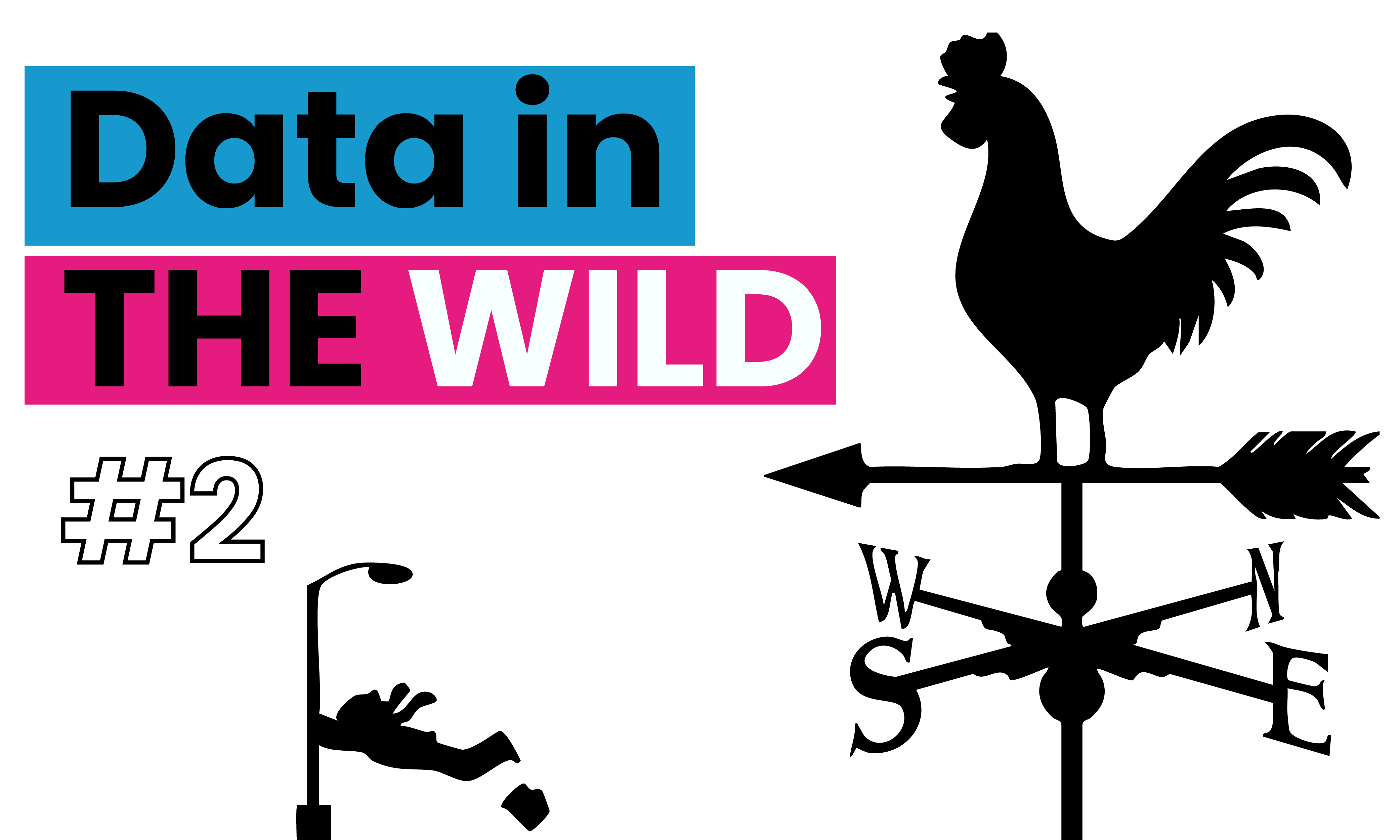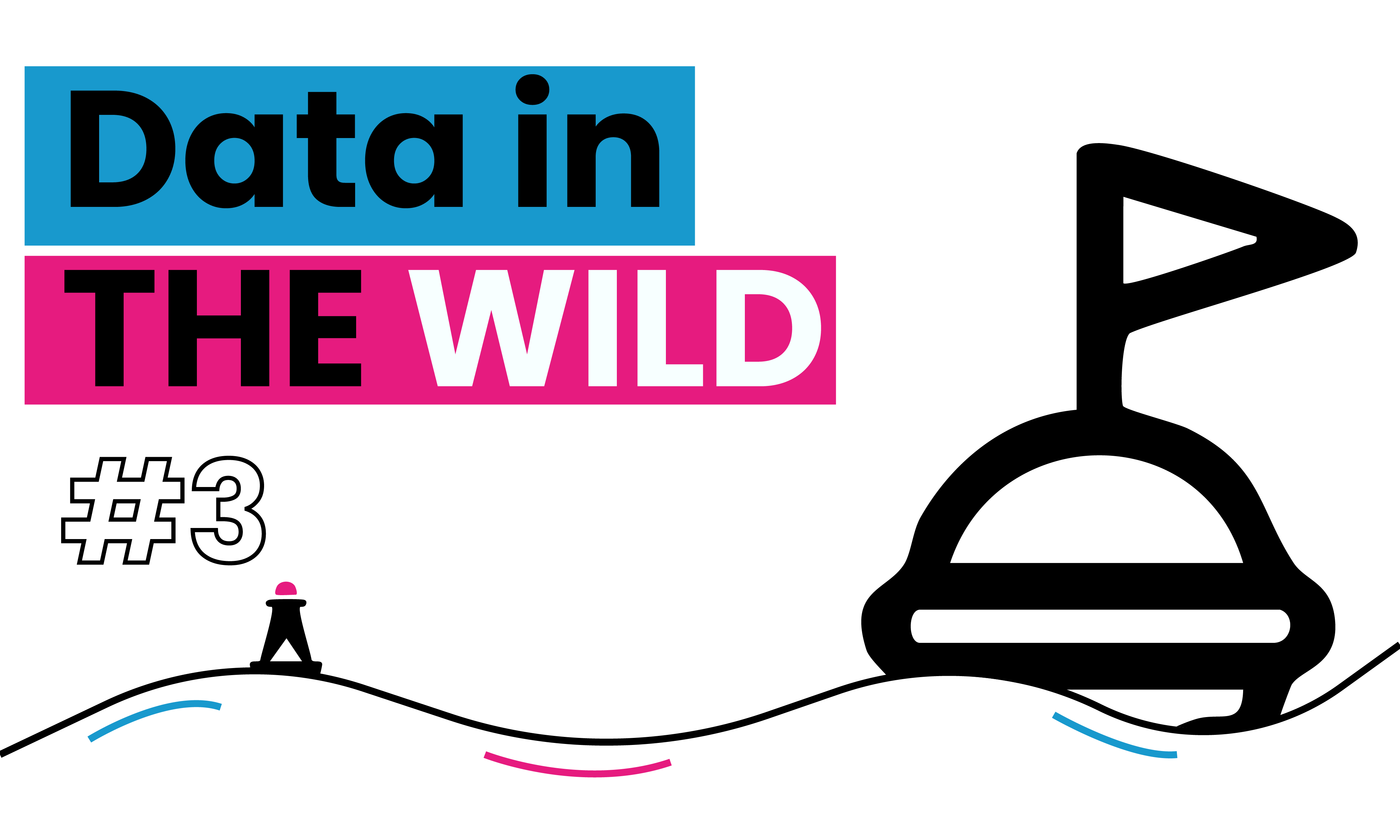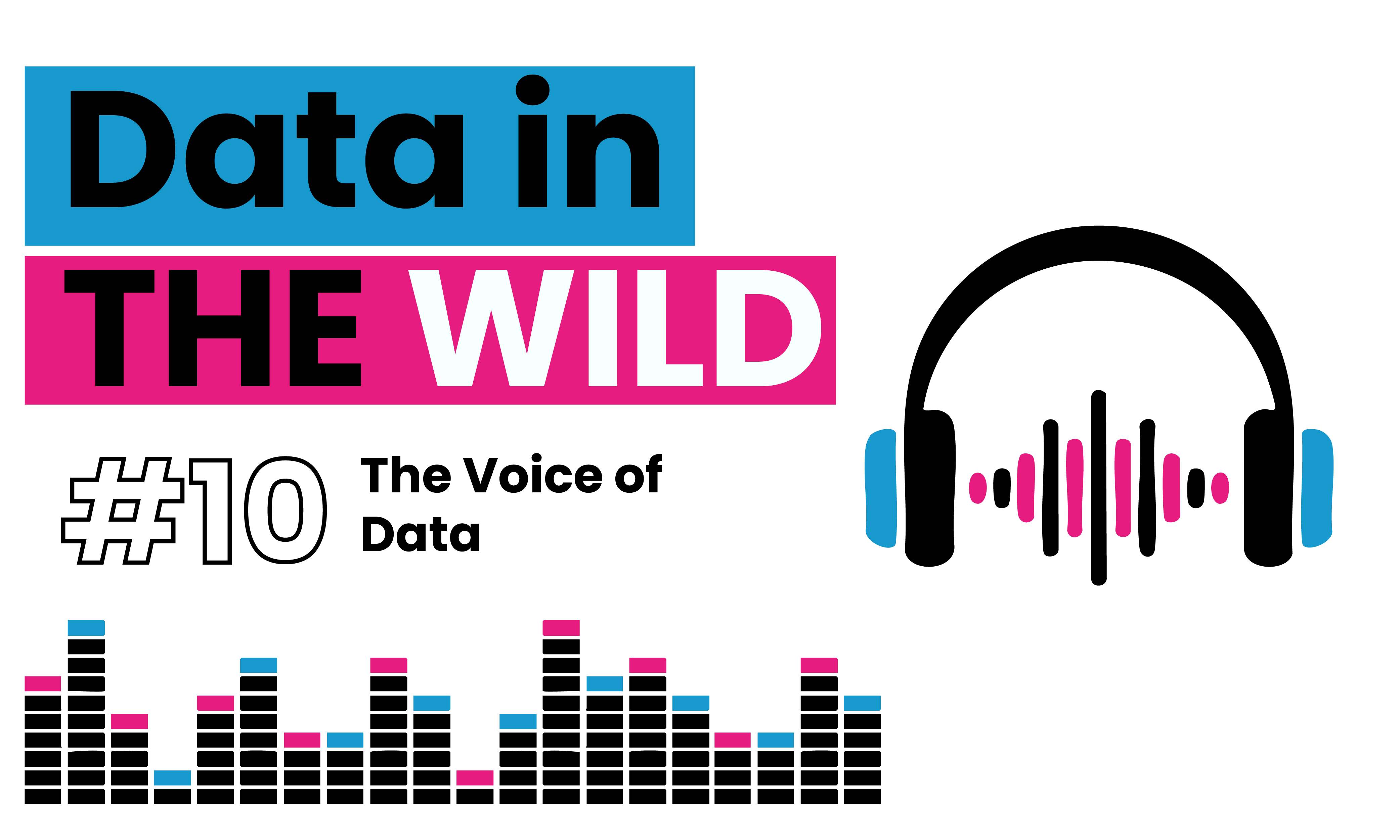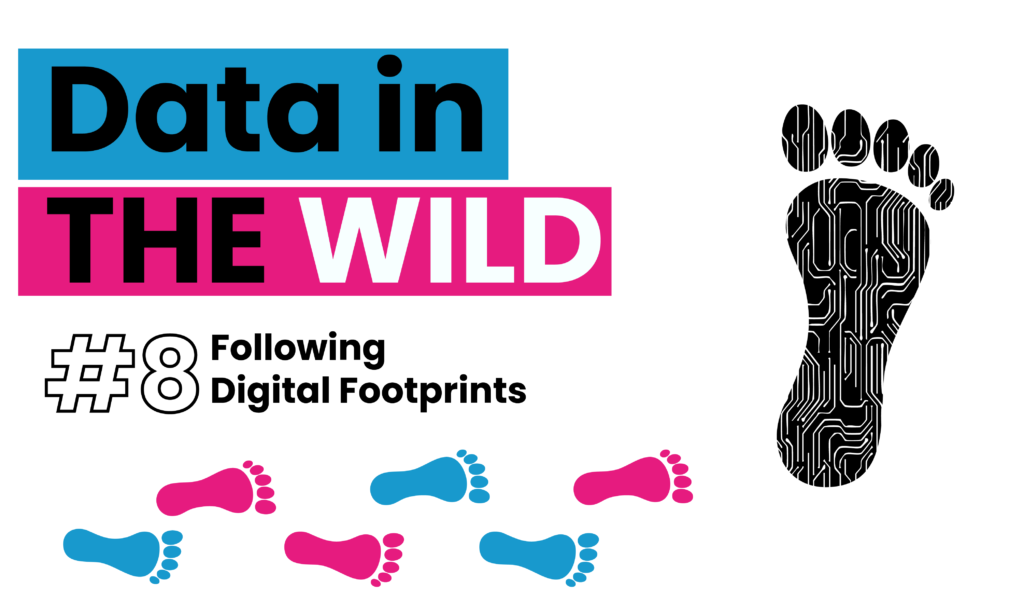Smart City, Smarter Data
Happy new month! You’ve probably strolled through a high street, browsed a few shops, and maybe paused outside a window display that caught your eye, all without realising you were being counted. Not in a creepy way (hopefully), but in a smart city, data-driven, footfall-mapping kind of way.
Data In The Wild
Welcome back to Data in the Wild, the series where we uncover how data shapes our everyday lives in ways we barely notice. As always, it’s a pleasure writing for an audience who truly understands that if at first you don’t succeed… just call it version one.
Today’s topic? Cities that can see.
But not in the CCTV Big Brother sense. More like quiet observers, learning from how we move, gathering insights from the most honest source of information out there, your phone.

What is footfall, and how do we track it?
Just as rainfall measures how much water hits the ground in a certain area over time, footfall measures how many people pass through a location during a given window. And it does this with the help of our mobile devices.
When you have location services turned on (which, let’s be honest, most of us do), your phone sends out signals via GPS, Bluetooth, WiFi, and cell towers. These signals are anonymised and aggregated by data providers, think mobile networks, app developers, and companies like Google and Apple, and then shared or sold to local councils and analytics platforms.
Urban planners love this stuff.
It tells them where footfall is high, where it is slowing down, and what times of day people are most likely to appear in certain places. It helps them know which parks are underused, which areas need more lighting, where to install benches, bins, public toilets, and cycle racks. It is basically people analytics for streets.
How we walked through a pandemic
During COVID, this data went from interesting to essential. Councils used it to track whether people were following social distancing rules, whether parks were overcrowded, and how lockdowns affected high streets.
In some cities, the data helped shape decisions around which bus routes to expand or reduce. In others, it revealed which neighbourhoods recovered quickly and which were slower to bounce back. Footfall data became a new way to measure urban resilience.
No one is tracking you personally. But if 500 people pass through Oxford Circus at 3 PM, the system logs that “500 devices moved through this area.” No names, no faces, just digital footprints.
But this isn’t just about crises
Think about big events: Notting Hill Carnival, Pride, or a Taylor Swift weekend at Wembley. City planners use real-time footfall data to manage crowds, redirect flows, and make sure emergency services are in the right place at the right time.
It is not always glamorous, but it is smart. Quietly, in the background, our collective movement is shaping the cities we live in.
Why data visualisation matters
Footfall data might sound dry on the surface, but once it is transformed into visuals, heatmaps of pedestrian flow, bar charts showing changes in shop visits over time, and dashboards tracking when and where people gather, it becomes useful, even beautiful.
That is the power of data visualisation. It does not just show us numbers; it reveals patterns, movement, and behaviour. It gives us the ability to see the pulse of a city in motion.
In a world overflowing with raw data, visualisation is what helps us truly see, not just look. Whether it is a council choosing where to plant new trees, a retailer deciding when to close up shop, or a city reimagining its public spaces, these decisions all hinge on making the invisible visible.
See you next time for another look at Data in the Wild.

Data in the Wild #2
We’ve been visualising wind data for over 2000 years, have you ever wondered how such data viz can be used for you? Read this next part of data in the wild

Data in the Wild #3
For the past few days, I’ve been out at sea, on a bit of a data investigation, which I hope to share with you all soon! This journey has taken me from Bergen to the Arctic Circle and back, and along the way, I’ve noticed something intriguing.

Data in the Wild #10: When Data Speaks, The World of Sonification
Data sonification turns raw numbers into sound, transforming patterns into melodies we can hear and feel. From hospital monitors to black hole recordings, it’s an intuitive, emotional way to engage with information. In a world full of dashboards, sometimes the most powerful data is the kind we can listen to.

